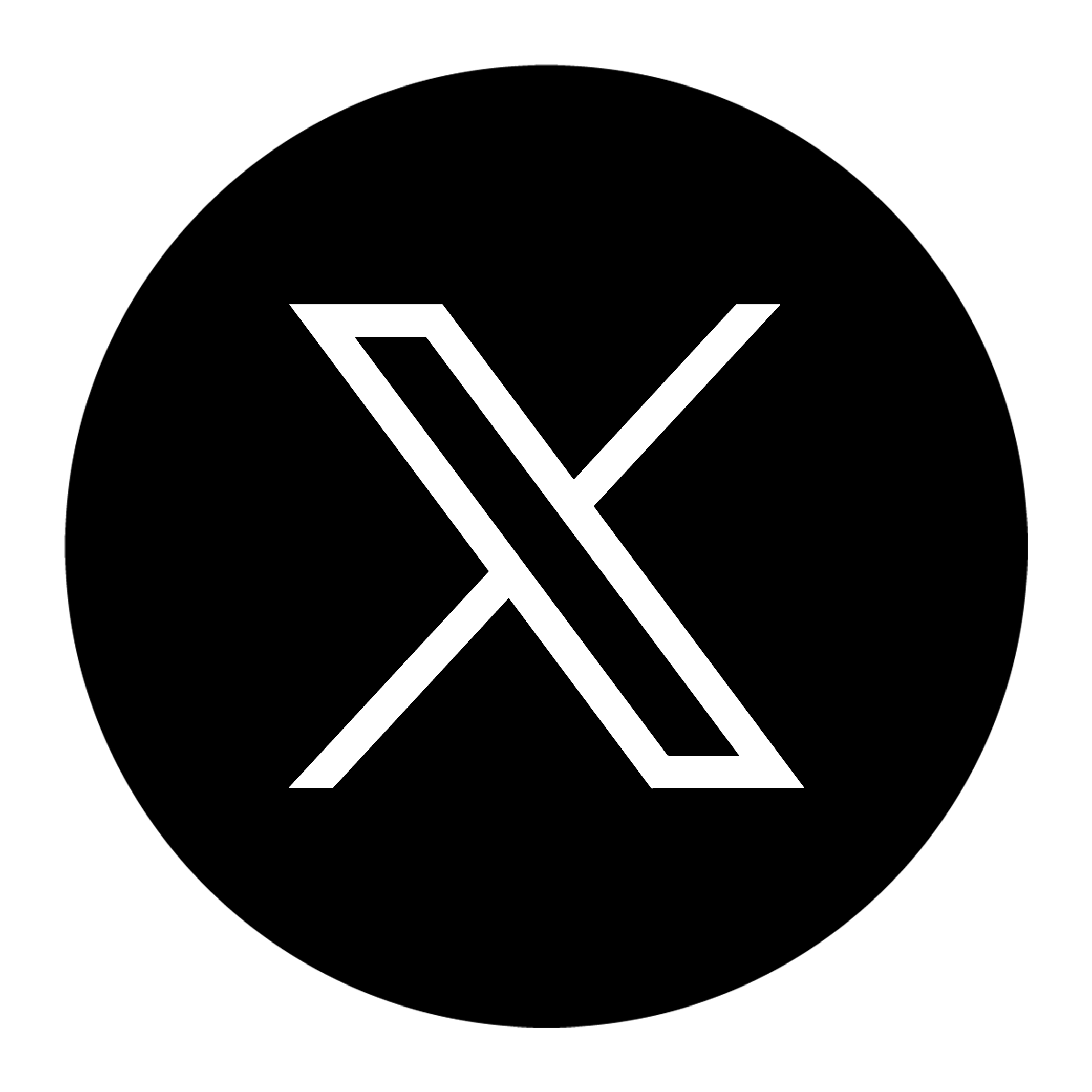Web Design Trends Dominating 2024

In the fast-evolving landscape of web design, staying ahead of the curve is crucial. As 2024 unfolds, we anticipate a wave of innovative trends that will redefine the digital experience. From user-centric designs to nostalgic nods and interactive storytelling, here’s a comprehensive look at the web design trends shaping the online realm.
1. AI-Assisted Web Design
Artificial Intelligence (AI) continues to revolutionize industries, and web design is no exception. Platforms like Wix and Framer are leading the way, allowing users to create entire websites through simple prompts. AI tools, such as ChatGPT and Midjourney, are streamlining content creation and generating unique art, icons, and illustrations. This trend is set to make web design more efficient and accessible.
2. 3D Experiences
Websites are no longer static; they are evolving into immersive 3D experiences. Major brands are investing heavily in creating virtual environments that showcase products and services. IKEA’s Favoritos 3D Store website and Puma’s Deviate Nitro 2 landing page exemplify the power of 3D and interactive design, offering users a memorable and interactive feel. In 2024, 3D experiences will likely give websites a competitive edge over traditional static ones.
3. Retro and Nostalgic Designs
Amidst the rise of AI and 3D, there is a growing desire for nostalgia. Designers are tapping into classic layouts from the early 2000s and drawing inspiration from the designs of the early 90s. This trend aims to strike a balance, infusing modern design trends into retro-themed web design. As the digital landscape transforms, a touch of nostalgia provides a refreshing counterbalance.
4. Better Web Accessibility With AI
Web accessibility remains a challenge, but AI is stepping in to bridge the gap. Platforms like AccessiBe utilize AI and machine learning to enhance web accessibility, introducing features like AI-powered screen readers and keyboard navigation. As the industry embraces AI, we can expect significant strides in making the web more inclusive and user-friendly.
5. Engaging Interactive Elements
With users’ attention spans decreasing, designers are incorporating more interactive elements to keep visitors engaged. Interactive design, as seen in the fire safety awareness website Escape Plan, turns website browsing into an activity. By encouraging interaction, websites can effectively convey information and create a more immersive user experience.
6. Dynamic Layouts
The traditional approach of strictly structured grid layouts is evolving into more dynamic designs. Dynamic layouts offer users the freedom to explore content across the page rather than being confined to rigid grids. This shift enhances the user experience, making websites more engaging and intuitive.
7. Neon Glows
Neon glowing backgrounds are making a comeback, injecting vibrancy and contrast into web design. Designers are using neon effects, particularly in headers, to create eye-catching visuals. Some take it a step further by incorporating interactive elements and animations, adding a modern twist to this nostalgic trend.
8. Intricate Illustrations
For a personal and artistic touch, intricate illustrations are gaining popularity. These detailed designs, whether used for full-site aesthetics or individual elements, connect with users on a deeper level. The trend involves fine lines, hidden details, gradients, patterns, and sometimes minimal animations, adding authenticity to web design.
9. Creative Scroll Arrows
Scrolling is a fundamental aspect of web navigation, and designers are getting creative with scroll arrows. By adding interesting and fun elements like animations, colors, and shapes to scroll arrows, designers enhance user engagement. The more engaging the scroll experience, the more likely users are to explore further.
10. Risograph Style Backgrounds
Print-inspired backgrounds, particularly the Risograph style, are making their mark on web design. Characterized by rich colors, textures, and charming imperfections, Risograph backgrounds bring a unique and experimental aesthetic to websites. This trend aligns with the broader movement toward more diverse and unconventional design elements.
11. Type Only Heroes
Beautiful typography takes center stage in this design trend. By focusing on typography pairs and sets, designers create impactful hero sections without relying on images or videos. The key lies in selecting readable yet distinctive typefaces that convey the essential message. This trend simplifies design while maintaining visual appeal.
12. Cinema-Style Homepage
Cinema-style homepages feature full-screen video stories, immersing users in a cinematic experience. Navigation elements and text are often minimalized, allowing the video content to take center stage. This trend enhances storytelling, making users feel like active participants in the visual narrative.
13. Light/Dark Mode Toggle
User preference for light or dark mode is now a mainstream feature. Allowing users to toggle between modes enhances the overall user experience. Web designers are incorporating this feature, ensuring their designs look appealing in both light and dark modes. This customization aligns with the growing demand for user-controlled visual experiences.
14. Modern Split Screens
The modern split-screen design trend continues to evolve, offering more interactivity and engagement. Interactive elements within split screens provide users with choices or maintain visual balance between text and images. This trend is versatile, serving both aesthetic and functional purposes in web design.
15. Off-Screen Elements
Adding an element of mystery, off-screen elements play with the idea of what users can’t see. Whether through motion graphics, text, or other elements moving off the screen, this trend encourages users to think and engage with the design actively. Striking a balance is crucial to prevent overwhelming users with too much happening off-screen.
16. Experimental Typefaces
Breaking away from conventional norms, experimental typefaces bring a unique flair to web design. These fonts, often unconventional and sometimes unfinished, add a distinctive touch to large hero headlines. Designers are exploring three-dimensional fonts, animations, and vibrant colors, pushing the boundaries of typographic design.
17. Overlapping Design Elements
Design elements need not always have their distinct containers; they can overlap. This trend introduces depth and dimension to designs, guiding the user’s eye through the layout. Careful layering ensures readability, particularly on mobile devices, maintaining the effectiveness of this design choice.
18. Super Minimal Aesthetics
Clean and minimalistic homepages are gaining traction, allowing users to focus on essential elements. Super minimal aesthetics strip away excess design elements, leaving room for a streamlined and clean look. This trend is ideal for conveying a straightforward message without distracting elements.
19. Typography Featuring Fills and Outlines
Combining filled and outline typography adds visual interest and versatility to web design. This trend allows designers to create interactive elements by using filled text as a hover state. The duo of filled and outline states provides a dynamic typographic effect that can be utilized in various design contexts.
20. So Many Serifs
Serif typography, once considered less readable on the web, is experiencing a resurgence. High-resolution screens eliminate the blurriness associated with serifs, making them suitable for both display text and body copy. From modern to transitional styles, serifs are making a bold statement in contemporary web design.
21. Exaggerated White Space
Minimal styles are evolving with exaggerated white space. This design trend uses ample white space strategically to draw attention to specific design elements. The classic and clean feel of exaggerated white space adds a timeless quality to web design while allowing for easy adaptability to various projects.
22. Micro-Animations
Micro-animations, reminiscent of Instagram story gifs, are becoming more prevalent in web design. These small, subtle animations, whether triggered by scrolling or hovering, enhance user engagement. Even unexpected websites, like e-commerce platforms, are incorporating this style to captivate user attention.
23. Video Everything
Video content continues to dominate web design. From moving backgrounds to full-screen video stories, the use of video elements in design projects is expanding. Users respond positively to video storytelling, making it a growing trend that shows no signs of slowing down.
24. UX-Focused Design
User Experience (UX) is at the forefront of web design trends for 2024. The journey from lead generation to conversions centers around creating immersive experiences for visitors. AI-powered platforms simplify navigation, offering personalized recommendations instantly. As the industry evolves, expect web design to be increasingly centered around optimizing the user journey.
25. Y2K Effects
Nostalgia takes center stage as Y2K effects make a comeback in web design. From oversized text to retro illustrations, elements inspired by the late 90s and Y2K are gaining prominence. Mobile responsiveness is key when incorporating these nostalgic elements, ensuring an engaging experience across all devices.
26. Vibrant Gradients
Gradients, revitalized by Instagram’s impact on logo design, continue to play a significant role in web design. Vibrant gradients are used to accentuate Calls to Action (CTAs), highlight essential messages, and add visual appeal to SaaS websites and e-commerce platforms. This trend leverages the power of color to enhance user engagement.
27. Kinetic or Dynamic Typography
Moving typography takes the spotlight as a dynamic design trend. Adding animation to text captures viewer attention without cluttering the website. Kinetic typography serves as a focal point on homepages, ensuring user engagement without compromising website speed. This trend is expected to exert a considerable influence on future web design.
28. Interactive Storytelling
Storytelling evolves in 2024 by embracing interactivity. Building a unique brand identity involves captivating users with gamification, videos, and immersive 3D visuals. Interactive storytelling aims to keep users on a page for an extended period, creating memorable and engaging experiences. From simple animations to dynamic text, this trend offers diverse possibilities for inspiration.
29. Large or Oversized Text
For ultra-minimalist websites conveying essential information at a glance, large or oversized text is the key. Bold headings draw attention to services, bestselling products, or contact information, fostering a clean and responsive layout. This trend is well-suited for service-based businesses, agencies, and SaaS websites aiming to emphasize their unique selling points.
30. Glassmorphism for the Hero Section
The hero section takes on a futuristic look with the Glassmorphism trend. This style applies transparency, creating a glass-like effect that stands out and captures visitor attention. Despite its sophisticated appearance, Glassmorphism simplifies the design process and can be seamlessly integrated into websites across various industries.
31. Handmade Illustrations
Handmade illustrations make a strong comeback, contributing to memorable and engaging web experiences. Versatile in theme, layout, and elements, these illustrations convey stories, solve real problems, and draw attention to different services. This trend’s simplicity and adaptability make it a dominant force in 2024 web design.
32. Clear or Visible Borders
Structural clarity takes center stage in 2024, simplifying navigation and increasing responsiveness. Clear borders around images and product photos improve user experience without major design overhauls. This straightforward trend enhances the appearance of e-commerce websites, portfolios, and business pages, maintaining a completely minimalistic aesthetic.
33. Motion Effects on the Home Page
Motion effects are already making waves and are poised to become even more influential. Scroll-driven animations, hover effects, loading animations, and moving elements enhance interactivity and user engagement. Striking a balance to avoid overwhelming users visually is crucial for this trend, especially for design services and SaaS product websites.
As we step into 2024, the world of web design is a dynamic canvas of innovation and creativity. From the nostalgia-driven Y2K effects to the futuristic Glassmorphism trend, designers are navigating a landscape rich in diversity. The emphasis on user experience, coupled with cutting-edge technologies like AI, promises a future where websites are not just informative but immersive, interactive, and memorable. Stay tuned as these trends continue to shape the digital frontier, offering fresh possibilities for designers and a more engaging online experience for users.




